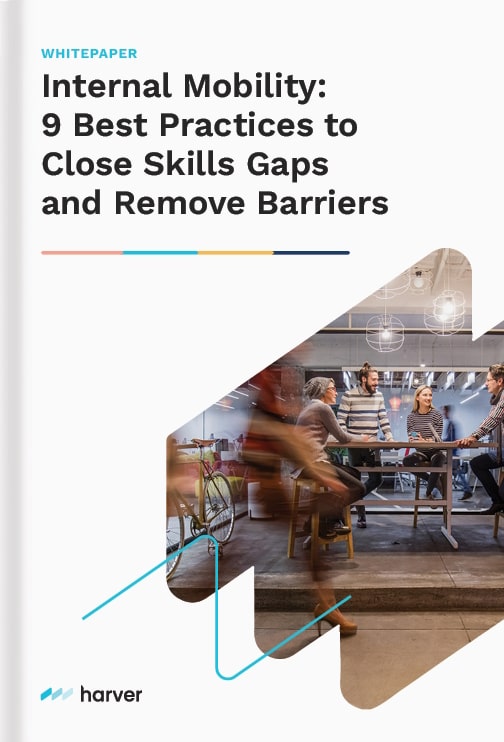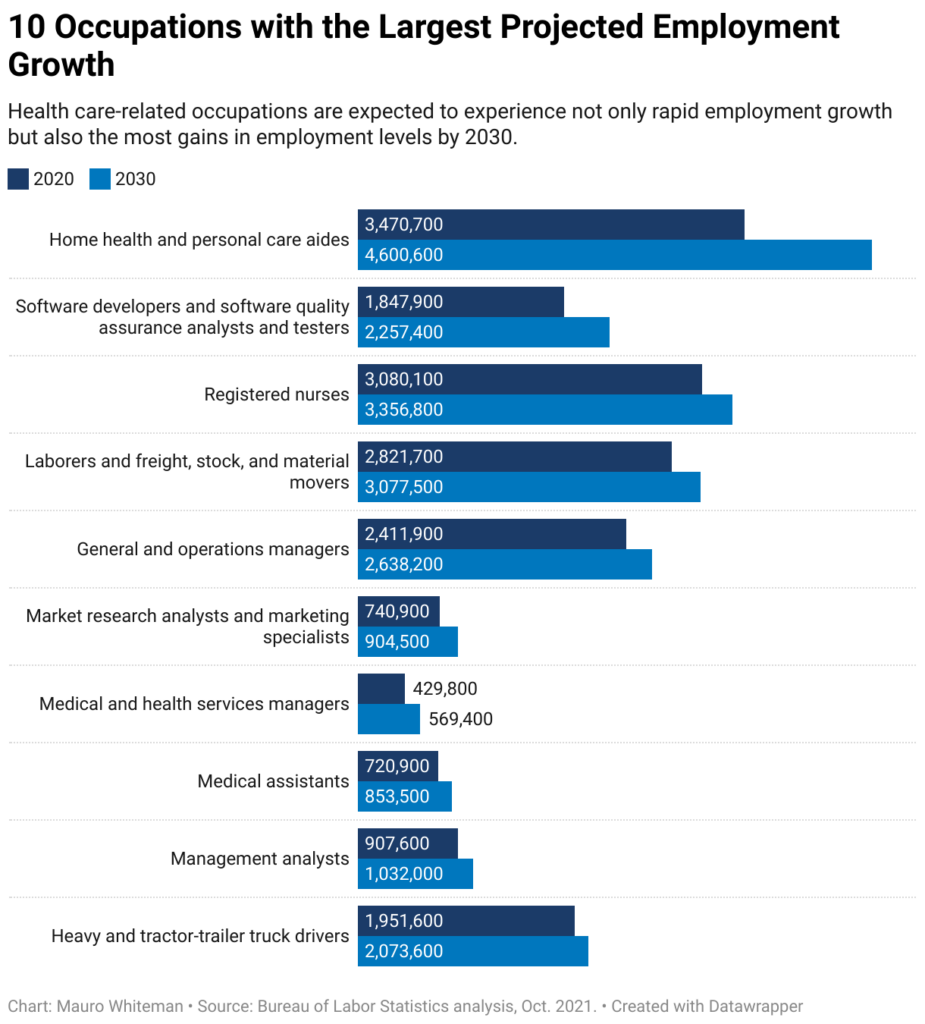Thinking of internal mobility as a short-term HRM strategy to get through current economic challenges? Build your internal mobility strategies for the long haul, because mobilizing talent is here to stay.
The Coming Need for Global Talent Mobilization
As mentioned by the New York Times:
“The projections are reliable, and stark: By 2050, people age 65 and older will make up nearly 40 percent of the population in some parts of East Asia and Europe. That’s almost twice the share of older adults in Florida, America’s retirement capital. Extraordinary numbers of retirees will be dependent on a shrinking number of working-age people to support them.”
One striking reason why is a labor challenge due to shifting economic development and population growth (or lack thereof). The New York Times recently published the interactive article How a Vast Demographic Shift Will Reshape the World. With a mix of dynamic data visualizations and editorial, the piece brings to life how our world’s population is aging and countries that will have a concentration of working-age people.
At a country or region level, immigration will be a key path forward for developed economies to maintain productivity. Increasing candidate and workforce diversity is another strategy that can contribute to finding top talent, as Kraft Heinz demonstrated at RecFest UK. There’s also another way to fill open reqs, gain critical skills, and retain engaged talent: develop and hire them from within.
Internal mobility made easy
The Timely Solution for Labor: Internal Mobility
But as employers are hard-pressed to influence national immigration policies, looking closer to home can still pay off. Especially when hiring organizations follow internal mobility best practices to maximize the return on investment for creating internal job marketplaces.
Some of the immediate benefits of vertically or horizontally mobilizing your existing workforce include:
- Filling critical roles with a lack of existing external candidates, such as nursing and healthcare jobs, logistics, manufacturing, and more
- Reducing unwanted attrition, as lack of advancement opportunities is the top reason employees leave
- Increasing employee satisfaction, with 74% ready to reskill and upskill to remain employable in the future
Occupations primed for internal mobility
As shown in the graphic below, the top 10 occupations with the largest projected growth tie directly into aging populations and the need to replace workers or their productivity. Aging retirees will need more medical and care services, making home care aides and nurses even more important as we approach 2050. Tech workers will be relied on for advancements in AI and other digital-driven efficiency multipliers. Millions of manufacturing jobs could go unfilled by 2030.
The sooner your organization enables internal mobility, the more prepared you’ll be to maintain or even increase productivity. If you can get your “internal mobility machine” up and running now, you might even establish a leading employer brand that has the added benefit of being more enticing to external job seekers, too.
Your next steps to enable internal mobility
- Read 3 internal mobility tips you can implement today
- Explore Harver’s automated solutions for enabling talent development and internal mobility.
- Schedule a chat to get answers to your internal mobility questions.



